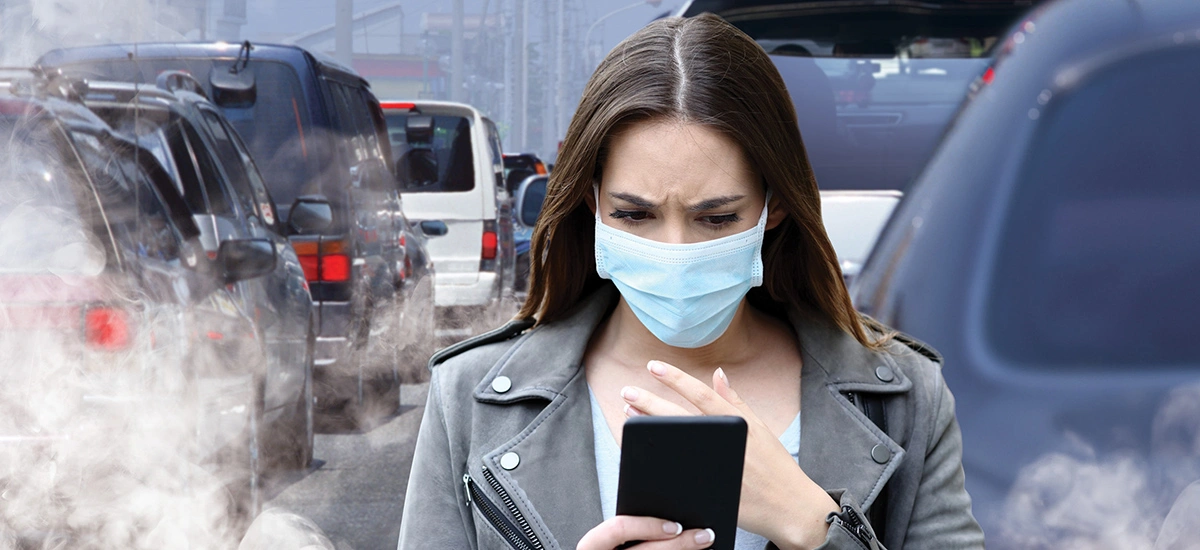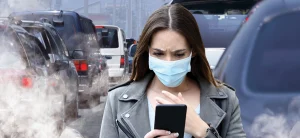
Indoor And Outdoor Pollution
Indoor And Outdoor Pollution
It’s astounding what you can find on a white washcloth after walking through a busy city at the end of the day. Trust me, it’s not a pretty sight.
The effects of air pollution are many and can include skin feeling, irritation, and even premature aging, to name a few. Pollution can also zap your skin off its healthy glow and leave it looking dull in appearance.

We can break drowning pollution simply into two categories: indoor and outdoor pollution. A few examples of the indoor type include:
• Secondhand smoke
• Dust mites
• Mold
• Carbon monoxide
• Soot from wood stoves and fireplaces
• Air fresheners
• Pet Dander
• Chemical sprays, including hair sprays, furniture polish, glass cleaners, perfumes
Indoor pollutants can cause dry skin and irritation. So, what can you do? The first thing is to improve the overall air quality by allowing fresh air into your home as often as possible.
Open windows or doors on both sides of your home to create a real cross breeze. By constantly freshening the air, you can help dilute the levels of pollutants, which can be of great benefit to your skin. Of course, if you live in an area that’s heavily polluted outdoors, try to keep the air in your home as clean as possible. Commit to freshening up your home on a regular basis to get rid of things like pet dander and dust.
Some examples of outdoor pollutants include:
- Smog
- Ozone
- Ammonia
- Nitrous Oxides
- Vehicle exhaust
- Dirt, Dust, and Debris
- Toxic metals, such as mercury and lead
- Carbon Monoxide from fires and fuel combustion
Outdoor pollutants are detrimental because they increase the number of free radicals in our environment—which, studies have shown is damaging to the skin. Free radicals can damage cells over time by encouraging oxidation.
What Is Pollution?
Pollution comes in different forms. There’s visible pollution that you can literally wipe off of your skin and see on your washcloth. And there’s pollution that comes in gas form, such as nitrogen dioxide, sulfur, carbon monoxide, and so on, which aren’t so visible. Bottom line, all forms of pollution can collect on your skin and create an unhealthy barrier.
So, what does pollution actually do to your skin? Pollution can be responsible for skin dryness, dullness, clogged pores, some allergic reactions, skin irritations, inflammation, and my least favorite—premature aging.







